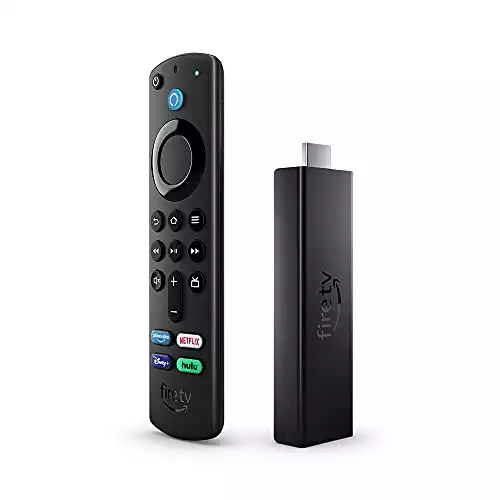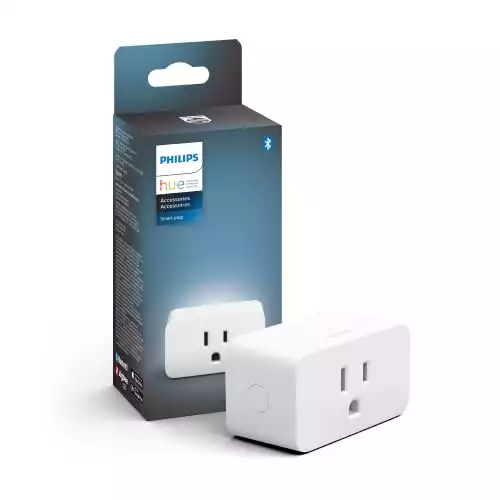This page may contain affiliate links. Please read my disclosure for more info.
A green light flashing on your Blink Camera signals a reliability issue – not ideal for security.
Learn how to easily troubleshoot and repair your Blink Mini, ensuring your home’s safety is restored.
Why Is My Blink Camera Blinking Green?
When your Blink Mini camera flashes green, it’s trying to tell you it can’t connect to the Blink cloud servers. This is different from the red flashing light, which signals a broad network problem. The green light specifically means the camera can link to your local network but can’t access the internet or Blink’s servers.
There are three main reasons this could be occurring:
- Internet outage — The internet could be down on your home network, either due to a problem with your router or the signal coming from your internet provider.
- Weak signal strength — A weak signal between your router and your camera can cause Blink’s connection with the server to fail intermittently.
- Blink servers down — When your internet is working fine, a failure can still occur at Blink’s end of the connection. Your Blink camera just knows it can’t talk to the server; it doesn’t know who is at fault.
If your Blink camera’s green light is blinking, there’s an issue. However, a steady green light means everything’s working fine—no need to worry.
How to Fix a Flashing Green Blink Mini Camera
1. Look for a Blink server outage
When Blink knows about server issues, it posts alerts on its support page. Look for a banner at the top if there’s a widespread outage.
When my Blink camera hits a snag, I head straight to the Blink page on DownDetector. It’s a hotspot for spotting issues before the company flags them. Don’t forget to peek at the Blink Twitter account too, where users voice their concerns directly.
When Blink servers go down, your cameras won’t work, and there’s no immediate fix from your end. The good news is, the company often resolves these issues swiftly.
2. Check your internet connection
To check if your internet connection is active, attempt to access the web using a device connected to your Wi-Fi. Remember to disable mobile data on your smartphone if you’re using it for this test.
If web pages load smoothly on your network, you’re good to proceed. If they don’t, consider rebooting your router (details in the following section). Also, it might be wise to check with your internet service provider for any service disruptions in your locality.
If your internet is back up, test the camera once more. Sometimes, unplugging it and reconnecting can help it detect the repaired connection.
3. Restart your router
Most Wi-Fi issues stem from router hiccups. Instead of troubleshooting, simply reboot your router for a quick fix.
Before attempting this step, check that your home network is not in use. It will temporarily disconnect network and internet access for roughly 5 minutes – an eternity in the digital world.
To restart your router, follow these steps:
- Unplug the power cable from your router and modem.
- Wait 30 seconds.
- Plug the power cables back in.
- Wait a few minutes for the modem and router to boot up.
After your router restarts, test the camera once more. Should issues persist, we’ll next check how strong the connection is between your camera and the router.
4. Move your camera closer to your router
Moving your camera closer to the router boosts Wi-Fi strength. It’s a simple trick to see if weak signal strength is the issue.
Check if the green light on your camera stops blinking near your router. This indicates you need to boost your Wi-Fi signal for a better connection.
If your camera still malfunctions despite being close to the router, the upcoming steps aimed at fixing signal strength won’t be useful. In such cases, it’s best to directly reach out to Blink support for assistance.
5. Move your router to a better location
For a strong Wi-Fi connection, position your router near your devices. Physical barriers, such as furniture and exterior walls, can weaken the signal. Keep the path clear for the best performance.
For optimal Wi-Fi, position your router centrally on a table. If it must go on the floor, keep its surroundings clear. Ensure the antennae point upwards for the best signal.
If those steps didn’t solve your Blink camera issues, or moving your router is a no-go, here’s another batch of fixes to try.
6. Extend your Wi-Fi network
Standard routers work for tiny homes with minimal barriers. However, they falter in larger homes or those with many devices. Luckily, there are several effective solutions available.
- Buy a better router. This is definitely a good idea if you’re using a mediocre router from your internet provider. I suggest the TP-Link AX6600 if you plan to have a lot of smart home devices. The TP-Link AX1800 is an excellent budget alternative.
- Switch to a mesh Wi-Fi system. These systems are great ways to get strong Wi-Fi throughout even the largest homes. My recommended system is the Google Nest Mesh Wi-Fi System.
- Use a Wi-Fi extender. If your current network works for all but one area of your home, a Wi-Fi extender can boost the signal in that specific area. The TP-Link AX1500 is a solid option.
7. Contact Blink support
If you hit a wall, reaching out to the pros can be a game-changer. Blink’s support shines online, yet for rapid help, dialing 1-833-392-5465 gets you answers fast.
What’s Next?
Network hiccups can mess with security systems linked online. Except for occasional glitches like your Blink camera missing motion, these cameras usually run smoothly, making this issue a rarity.
Since Amazon acquired Blink in 2017, integrating your Blink Cameras with Alexa can enhance your home’s efficiency and security. Linking them allows you to leverage motion detection for activating energy-conserving smart plugs, and even connect with Amazon’s Alexa Guard for monitoring. This smart combination can make your home smarter and safer.
|
N/A
|
$34.99
|
$49.99
|

Zachary has spent 12 hears in the tech industry focusing on automation, analytics, and cybersecurity. His passion is tech education; he uses his industry expertise and STEM PhD to break down complicated concepts into simple step-by-step guides. When he’s not writing or coding, you can find him binging anything Star Trek or Marvel or reading far too many sci-fi novels.



